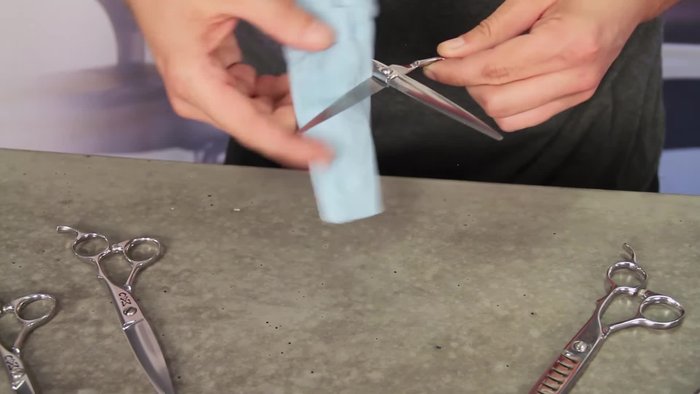Sharp shears are essential for any professional or enthusiastic crafter, whether you're a hairdresser snipping strands or a quilter meticulously trimming fabric. Dull shears, on the other hand, lead to frustration, uneven cuts, and even potential injury. More than just a quick fix, maintaining your shears properly ensures their longevity and performance, saving you money and time in the long run. Investing a few minutes each day in a simple cleaning and lubrication routine can dramatically extend the life of your valuable tools. Ignoring this crucial aspect of tool care can result in premature wear and tear, necessitating costly repairs or even replacements.
Proper shear maintenance isn't about complex procedures; it's about implementing consistent, easy habits. This article will guide you through a straightforward, step-by-step process for daily shear maintenance, ensuring your shears stay sharp, clean, and ready for action day after day. Let's learn how to keep your precious shears in top condition.
Preparation and Safety Guidelines
- Shears
- Shear oil
- Soft cloth
- Water (optional)
- Alcohol (optional)
- Always use shears on appropriate materials. Using shears on materials they are not designed for (e.g., metal) can damage blades and lead to injury.
- Never force your shears. If they're struggling to cut, stop and lubricate or sharpen them. Forcing the cut can damage the blades or lead to injury.
- Keep shears out of reach of children. Sharp shears are a potential hazard and should be stored safely when not in use.
Step-by-Step Instructions
Clean the Shears
- Wipe down shears:
- Use a soft cloth to remove hair and product residue. Water or a water/alcohol mixture can assist but avoid harsh solvents.


Clean the Shears Oil the Pivot Point
- Oil the pivot point:
- Apply a small amount of shear oil to the pivot point (the screw area where the blades meet).
- Rub in oil:
- Gently rub the oil into the pivot point and blade area, avoiding the sharp edges of the blades.




Oil the Pivot Point Oil the Blades
- Oil the blades:
- Apply a tiny amount of oil to both sides of the blades near the pivot point.
- Rub in oil:
- Gently rub the oil into the pivot point and blade area, avoiding the sharp edges of the blades.



Oil the Blades Remove Excess Oil
- Wipe away excess oil:
- Remove any excess oil with a clean cloth.


Remove Excess Oil
Read more: Salon Shear Sharpening: A Step-by-Step Guide for Hair Stylists
Tips
- Clean and oil your shears daily to prevent corrosion and product buildup.
- Don't use excessive oil; a small amount is sufficient.
- Higher quality shears with better steel are less prone to corrosion.









